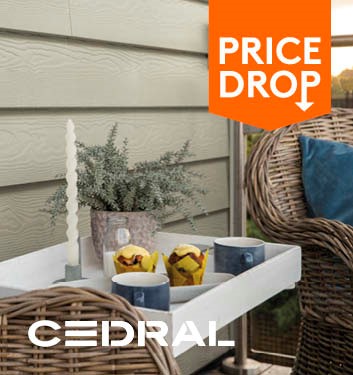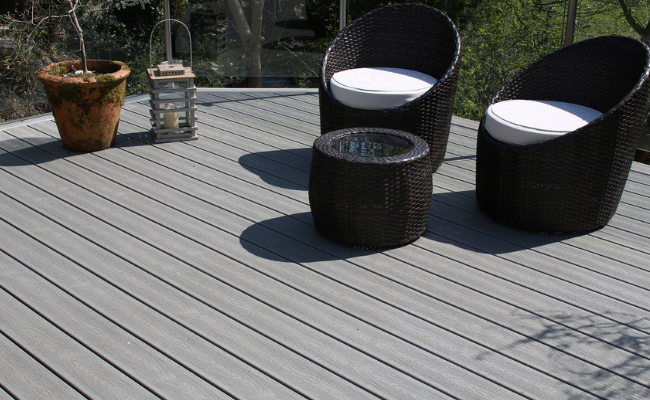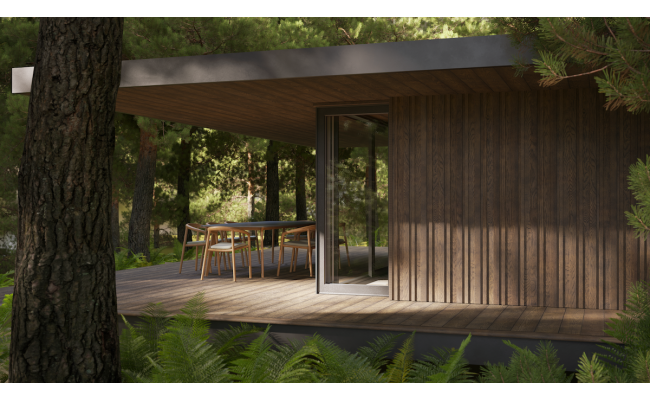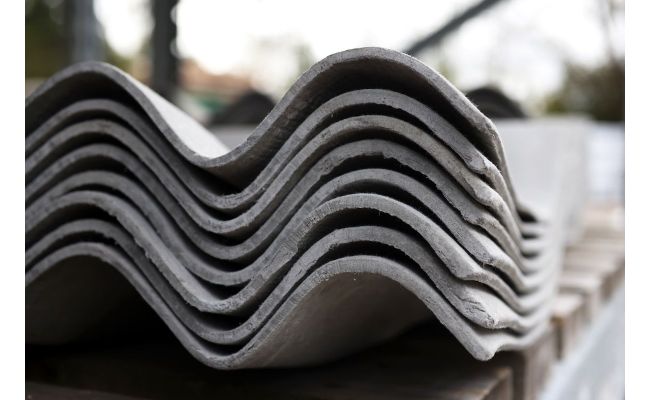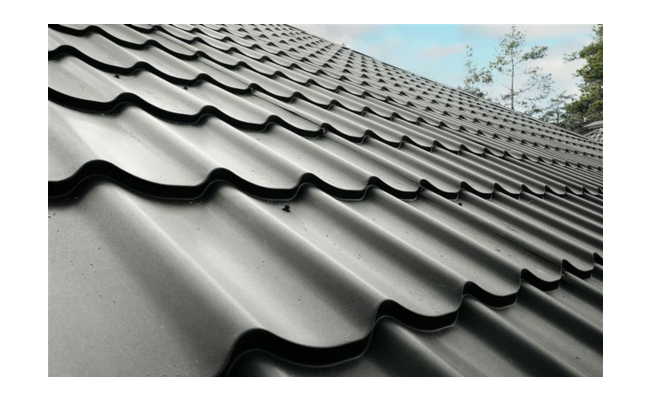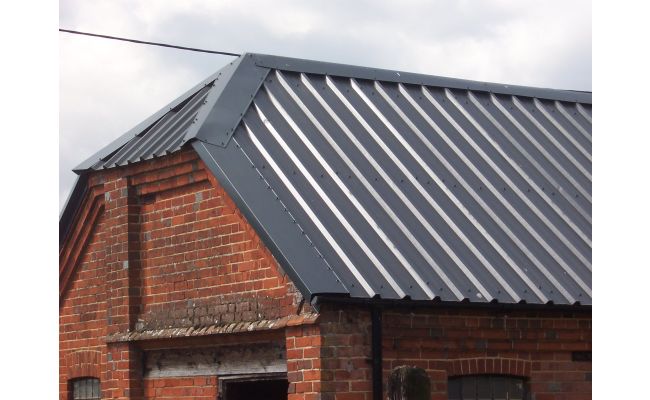The most-asked questions about composite decking
The debate about whether to use traditional timber decking or modern composite decking for the perfect garden deck is one that rages every year all over the country.
In the past, timber was the popular choice and the big decision was whether to keep the cost down with a soft wood timber or think about the long-term by using more expensive hard wood.
Now, however, the rise of long-lasting and designer-friendly composite decking has made it a serious contender, especially as thanks to technological advances as it looks so realistic.
High end composite decks these days not only look stunning but stay that way with very little maintenance
Here are the questions we get asked most often about whether to choose composite or wood decking:
What’s better, composite or timber decking?
This is a subjective matter because traditionalists still enjoy the look of real timber, which can be re-varnished or re-painted if a change of style is needed and is often more suited to older houses.
Composite decking has an increasing appeal, however, and maintains its good looks for longer and with less effort. It is also less slippery (which may be especially relevant if you have children or elderly people using the deck) more weather resistant and comes in a greater range of colours. In many cases it’s so realistic that you’d be hard pushed to tell it from timber.
Is composite decking cheaper than timber?
Timber decking is typically cheaper to lay initially, especially if soft wood is used. However, it will need far more maintenance – for instance annual treatments of sealant or varnish to keep it watertight, plus treatments to prevent mold and rot.
Therefore, over time, composite decking becomes the cheaper choice.
How long does a composite or timber deck last?
A timber deck, depending on the type of wood used, has an average life span of around 10-15 years.
Composite deck can often last twice as long. Trex composite decking, the most weather resistant on the market, is guaranteed for 25 years in residential use.
How do you lay composite decking? Is it easier than laying timber?
It can be laid the same way as a timber deck. So, anyone with regular carpentry skills can lay it, and there are no new skills required.
You should, however, check the manufacturer’s website or ask an expert for specific details on what gaps to leave for expansion and contraction. There can be variations in guidance depending on the product used.
Once laid, the composite boards do not require staining or painting. They are also fade, stain, mold and scratch resistant, meaning they will stay looking good for far longer.
Does all composite decking look the same?
One of the great benefits of composite decking is that it is customisable. It can be laid in different patterns and configurations – and different colours can be used in the design.
For instance, using a perimeter board in a different colour to ‘picture frame’ the deck is easily done and extremely effective.
With a timber deck, it would be necessary to buy two lots of paint to achieve the same effect.
What are the eco credentials of composite and timber decking?
Timber decking sourced from sustainable forests clearly has strong eco credentials. However, some composite decking can be equally green.
Trex composite, made of plastic and wood, uses 95 per cent recycled materials - including thousands of recycled plastic bags plus reclaimed wood from timber mills. It also does not require chemicals or detergents to clean it or to protect it from rotting once laid.
Find composite decking products here.

